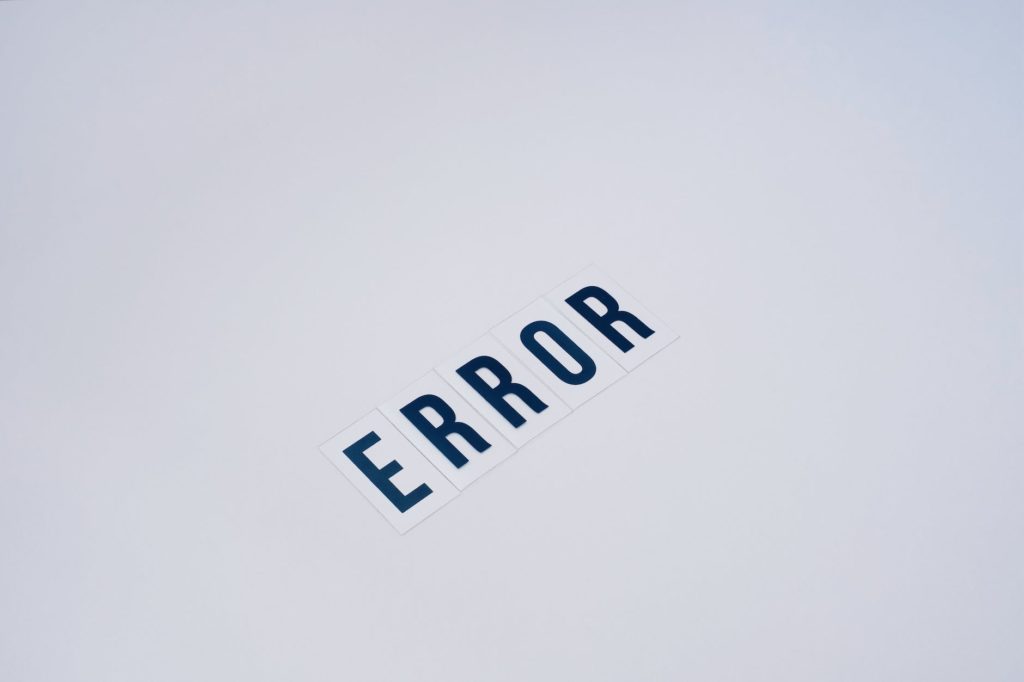Data entry may not always be at the top of the priority list for businesses with a lot going on. However, it is an essential task that occurs across all industries. From sales data to customer profiles, financial data to inventory management, every aspect of a business relies on accurate data entry. One mistake can have significant consequences for the organization. Even with automation, preventing data entry errors can be challenging.
Learn how to reduce common data entry errors with these 10 effective strategies, including using automated data entry tools, implementing double data entry, utilizing data validation rules, providing thorough training, and using data quality tools. Implementing these strategies can help improve the accuracy and reliability of your data, saving time and reducing costs.
How to Reduce Common Data Entry Errors Effectively
Data entry errors can be costly and time-consuming to fix, and they can also lead to serious problems if the incorrect information is used. Here are five effective ways to reduce common data entry errors:
1. Hire enough staff
Having enough staff to handle data entry tasks can help reduce errors by ensuring that there is enough time and resources to input data accurately. If data entry personnel are rushed or overworked, they may be more prone to making mistakes. By hiring enough staff to handle data entry tasks, you can help ensure that there is sufficient time and resources to input data accurately and thoroughly.
2. Validate your data
Implementing data validation rules can help ensure that only accurate and consistent data is entered into your database. This can include specifying the format that data should be entered in, as well as setting limits on the values that can be entered. For example, you might specify that all phone numbers must be entered in a specific format, with the area code in parentheses. By using data validation rules, you can help ensure that only accurate and consistent data is entered into your database.
3. Double-check work
Having multiple people review data entry work can help catch errors that may have been missed by the initial data entry person. This can be particularly useful for sensitive or mission-critical data, where even small errors can have significant consequences. Double-checking work can also help identify patterns of errors that may be indicative of deeper issues, such as inadequate training or a need for improved processes.
4. Use latest technologies
Automated data entry tools, such as OCR software, can help reduce errors by automatically extracting and inputting data from scanned documents or images. These tools can be particularly helpful for large volumes of data that would be time-consuming to input manually. By using the latest technologies, you can help ensure that your data entry processes are efficient and accurate.
5. Enable data profiling
Data profiling involves analyzing your data to identify patterns, trends, and inconsistencies. By using data profiling tools, you can identify potential errors and take steps to correct them. For example, data profiling might reveal that a particular field is consistently being entered incorrectly, indicating a need for additional training or improved processes. Data profiling can also help identify data quality issues, such as missing or incomplete data, that can affect the accuracy of your data.
6. Standardize processes
Establishing clear and consistent data entry processes can help reduce errors by ensuring that all data is entered in the same way. This can include standardizing the format and layout of data entry forms, as well as establishing clear guidelines for how data should be entered and verified. By standardizing processes, you can help ensure that data is entered consistently and accurately.
7. Reduce data redundancy
Having multiple copies of the same data can increase the chances of errors occurring. For example, if data is entered into multiple systems or spreadsheets, it may be prone to discrepancies as it is updated and revised. Reducing data redundancy can help minimize the risk of errors by ensuring that there is only one source of truth for your data.
8. Enable automation
Automating data entry processes can help reduce errors by eliminating the need for manual data entry. This can include using automated data entry tools, such as OCR software, or implementing processes that allow data to be automatically transferred from one system to another. Automation can help reduce the risk of errors by eliminating the need for manual data entry, which can be prone to mistakes.
9. Identify sources of inaccuracies
Analyzing data entry processes to identify the root cause of errors can help you implement changes to reduce the risk of future errors. This can include identifying training needs, improving processes, or updating systems and tools. By identifying the sources of inaccuracies, you can take targeted actions to address the issues and improve the accuracy of your data.
10. Update your systems
Ensuring that you are using the latest and most accurate data systems and tools can help reduce errors by providing the most current and accurate data. This can include updating your data entry software or implementing new technologies, such as automated data entry tools. By keeping your systems up to date, you can help ensure that your data is accurate and reliable.
In summary, there are many effective strategies for reducing common data entry errors. These strategies include hiring enough staff, implementing data validation rules, double-checking work, using the latest technologies, enabling data profiling, standardizing processes, reducing data redundancy, enabling automation, identifying sources of inaccuracies, and updating your systems. By implementing these strategies, you can significantly reduce the number of data entry errors and improve the accuracy and reliability of your data. This can save time, reduce costs, and help prevent problems caused by incorrect information.
Wrapping Up
In conclusion, data entry errors can be costly and time-consuming to fix, and they can also lead to serious problems if the incorrect information is used. To reduce the risk of data entry errors, it is important to implement effective strategies such as hiring enough staff, implementing data validation rules, double-checking work, using the latest technologies, enabling data profiling, standardizing processes, reducing data redundancy, enabling automation, identifying sources of inaccuracies, and updating your systems. By implementing these strategies, you can significantly reduce the number of data entry errors and improve the accuracy and reliability of your data. This can save time, reduce costs, and help prevent problems caused by incorrect information.
virtualousPRO
Looking for affordable data entry services? Look no further! Our team of experienced professionals provides fast and accurate data entry at competitive prices. Contact us today to learn more about our cost-effective solutions for all your data entry needs.

